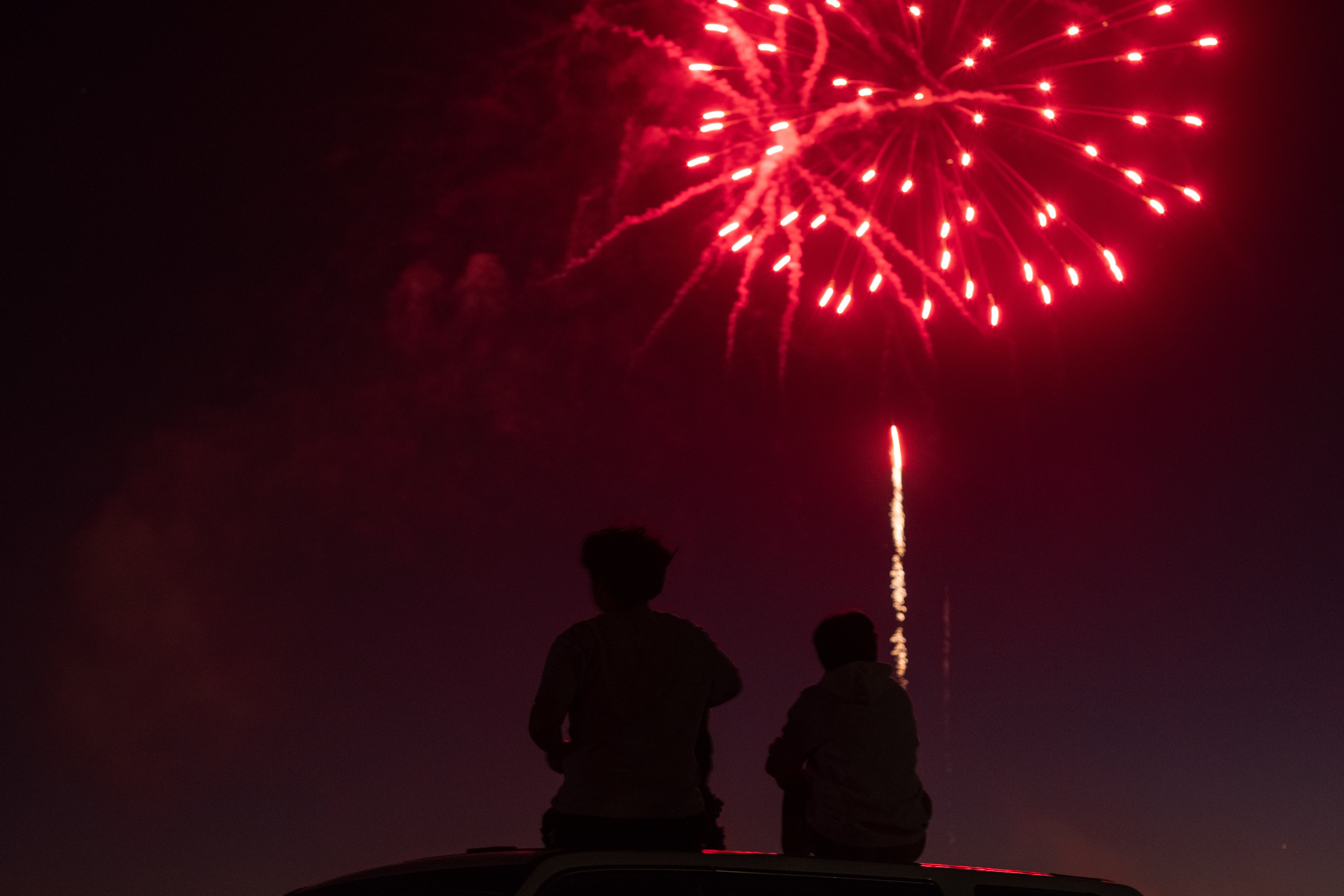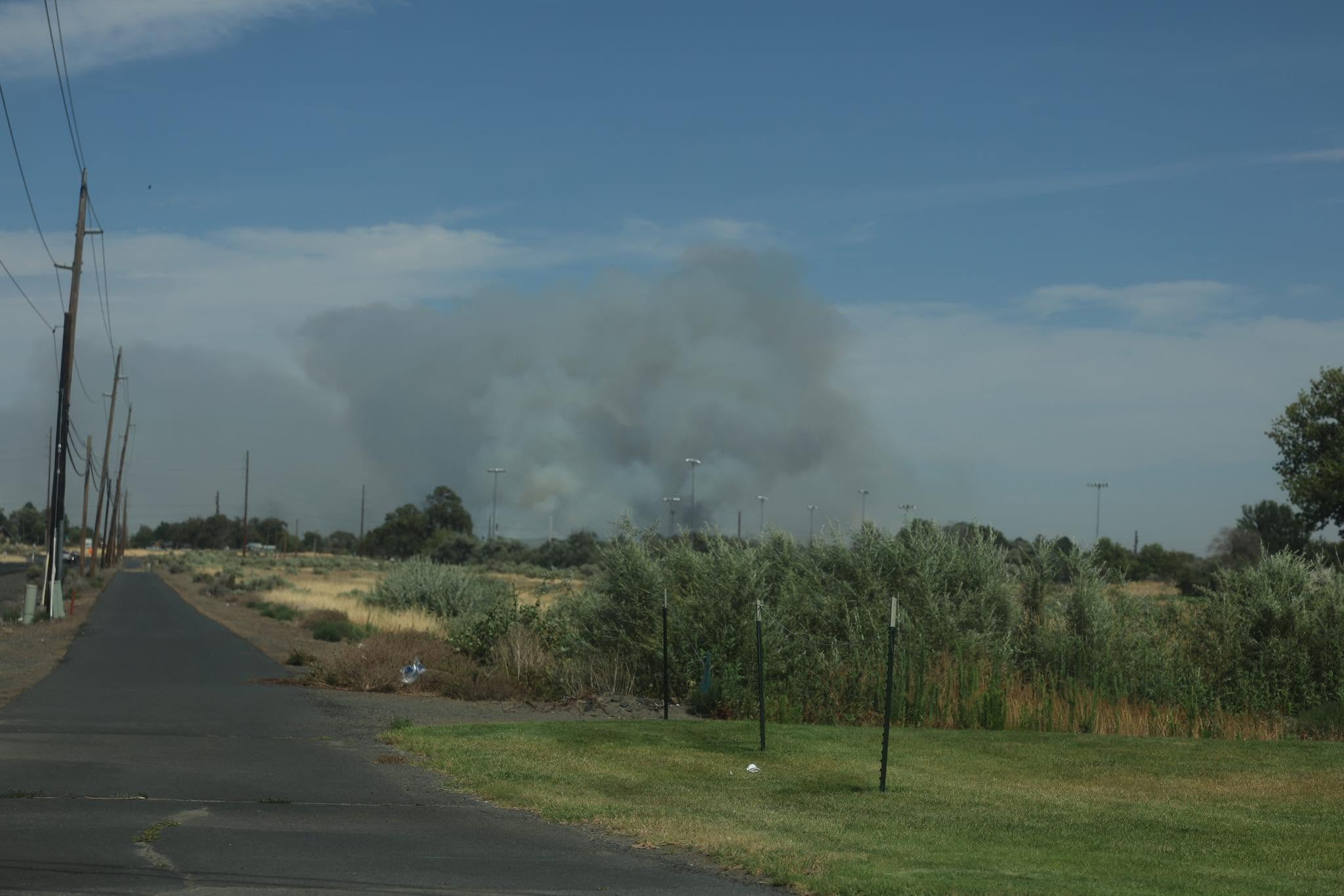Pendleton maps out homeless policy
Published 5:00 am Tuesday, November 24, 2020

- This piece of property along Southeast 12th Street in Pendleton is among the list of properties the city has identified as acceptable for outdoor sleeping.
PENDLETON — A law creating legal areas for the public to sleep outside went into effect Nov. 6, but it wasn’t until Nov. 19 that the city produced a map that showed where these areas are located.
The Pendleton City Council passed Ordinance No. 3966 in October, informally known as Pendleton’s “right to rest” law. In light of some recent federal court rulings that deemed it unconstitutional to prohibit outdoor sleeping, a burden that largely falls on homeless populations, the city’s new ordinance designates certain public areas for public rest between the hours of 10 p.m. and 6 a.m.
The actual text of the law focused more on where people couldn’t sleep — streets, sidewalks, alleys and other public rights-of-way — than where they could. With the production of the map, the city now has a patchwork of public properties where people can legally sleep for the night.
In some ways, the ordinance reinforces the status quo.
Out of the approximately 60 properties that are now considered “right to rest” land, many of them are along the Umatilla River, where many homeless already set up camps during the evenings.
The rest are scattered throughout Pendleton’s commercial, residential and industrial areas, ranging widely in size and shape. Although one of the maps includes the disclaimer “areas considered unsafe due to environmental factors have been excluded,” some of the rest areas don’t seem especially accommodating for overnight stays. One of the highlighted areas appears to be the Southgate entrance to D & B Supply, while others have preexisting structures on them like houses or sheds.
“There are going to be some areas in this map that will need further scrutiny and possible correction,” City Attorney Nancy Kerns wrote in an email. “We will be working to get those resolved.”
Lt. Chuck Byram, the incoming chief of the Pendleton Police Department, said while there are public rest areas in some of the city’s residential neighborhoods, in practice, he anticipates most homeless residents will continue to stick to the downtown area, where stores and services are within easy walking distance.
While the law is in effect, Byram said the police haven’t taken any enforcement actions yet because many homeless residents tend to move to warmer climates or warming stations during the cold winter months.
Even when outdoor camping becomes more prevalent in the spring, Byram said his department’s first tactic will be educating the homeless on the new law rather than instituting fines or bans. He added that most residents comply with the law once they’re educated, and they only start taking more stringent enforcement actions if talking to them doesn’t work.
Byram said it will be a learning process for both sides, especially since he doesn’t expect officers to memorize the rest area map off the top of their heads.
“If you think my officers are going to memorize these public areas, you would be sorely mistaken,” he said.
But the exact parameters have caught the attention of City Councilor Carole Innes and some of the organizations that serve the homeless.
Innes said the Legal Aid Services of Oregon’s Pendleton office is preparing an “enhanced map” to give homeless residents a clearer picture of where they can and can’t sleep.
A volunteer for the Neighbor 2 Neighbor Pendleton, the nonprofit that operates the Pendleton Warming Station, Innes has worked on the homeless issues during her two years on the council. Innes was one of two no votes on the right to rest ordinance, arguing that the hours designated for rest needed to be loosened to accommodate each season’s changing daylight hours.
Innes said many of the homeless residents she’s worked with have learned of her role as city councilor and she’s going to keep an ear out to see how they respond to the new law once police start enforcing it.
The ordinance comes at a time when Pendleton’s modest homeless services are being further strained by the COVID-19 pandemic.
Neighbor 2 Neighbor shut down its Southeast Court Avenue facility because volunteers felt like they didn’t have the facilities or the staffing to safely reopen.
Dwight Johnson, the executive director of Neighbor 2 Neighbor, said the warming station formally started its season on Nov. 15, but is now operating as an intake center where the homeless can obtain motel vouchers for the night.
While the warming station is offering limited services, Johnson said Neighbor 2 Neighbor is soliciting donations to ensure it can operate through the winter, a prospect that could be threatened if demand rises.









